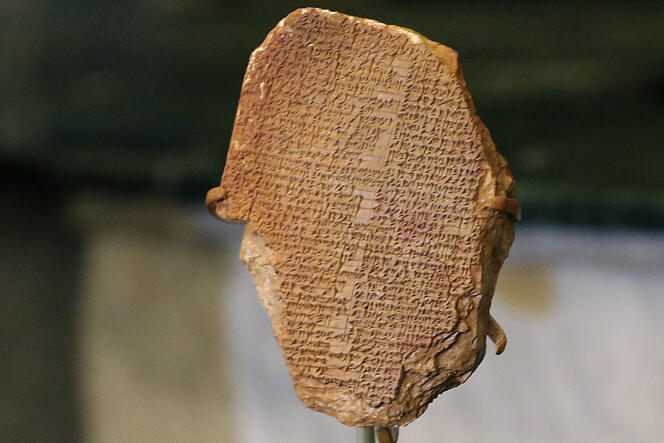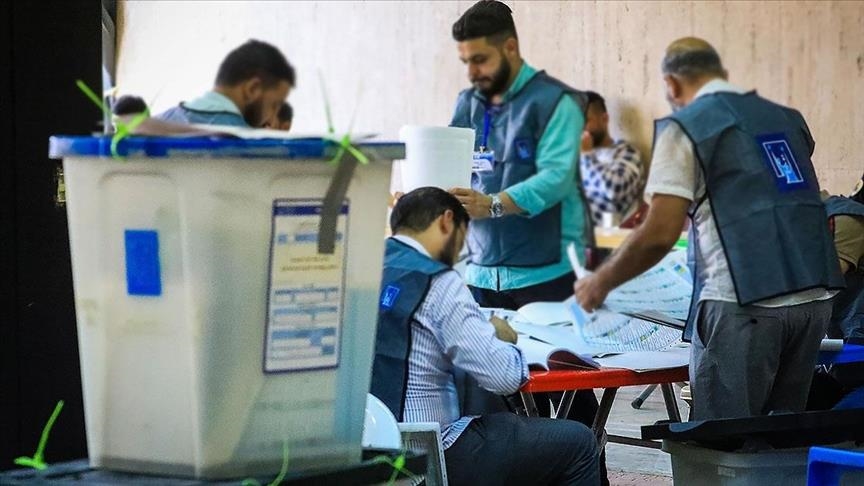The National Museum of Baghdad and the journey of the Gilgamesh Dream Tablet

LETTER FROM BAGHDAD
Foreign tourists, families and Iraqi schoolchildren are once again walking the aisles of Baghdad's National Museum. After three years of closure in the wake of the October 2019 anti-government protests and the Covid-19 pandemic, the institution founded in 1926 reopened its doors in March 2022. As they move through the galleries, visitors travel back five thousand years through Mesopotamian history. Found on the Nimrod site in the palace of Assurnazirpal II (883-859 B.C.), two imposing lamassous, or winged bulls, sit majestically in one of the rooms. Pieces that disappeared for decades have again found their limelight – like the Gilgamesh Dream Tablet, for example, a Mesopotamian gem more than 3,500 years old.
Formerly considered one of the richest collections in the world, the National Museum of Baghdad was looted during the 1991 Gulf War and then the 2003 American invasion. More than 15,000 pieces were stolen, a third of which have since been returned to the Iraqi authorities. "In the last two years, we've intensified our efforts to recover artifacts stolen in Iraq and smuggled out of the country," explained the director of the Iraqi Council of Antiquities and Heritage, Laith Majid Hussein. By 2021, Iraq had recovered nearly 18,000 artifacts, including 17,899 pieces returned by the United States. Other pieces were returned by Lebanon, Japan, the Netherlands, Italy, Britain, etc.
A true epic
We are interested in your experience using the site.
The story of the Gilgamesh Dream Tablet alone is a true epic. The clay tablet features fragments of the Epic of Gilgamesh, written in cuneiform characters. Considered one of the oldest literary works of mankind, it narrates the adventures of the immortality-seeking Mesopotamian king who is said to have ruled Uruk in southern Iraq between 2,800 and 2,500 B.C. This Sumerian epic written on eleven tablets was discovered in 1853 at an archaeological site later identified as the library of the Assyrian king Assurbanipal in Nineveh, Iraq. In the dream tablet, King Gilgamesh describes his dreams to his mother, who interprets them as heralding the arrival of a new friend who will become his companion. The other tablets are kept in the British Museum in London.
Nobody knows what happened to the Dream Tablet between its theft in 1991 from an archaeological site or an Iraqi museum and its reappearance in London in 2003. An American art dealer then bought it from a Jordanian family. He shipped it to the United States without specifying the nature of the package to customs and sold it to antique dealers for $50,000 in 2007, with a false certificate of origin. It was resold in 2014 for $1.67 million to the owners of the Museum of the Bible in Washington. In 2017, a museum curator raised concerns about the tablet's provenance, deeming the documentation provided at the time of purchase incomplete.
You have 53.61% of this article left to read. The rest is for subscribers only.








